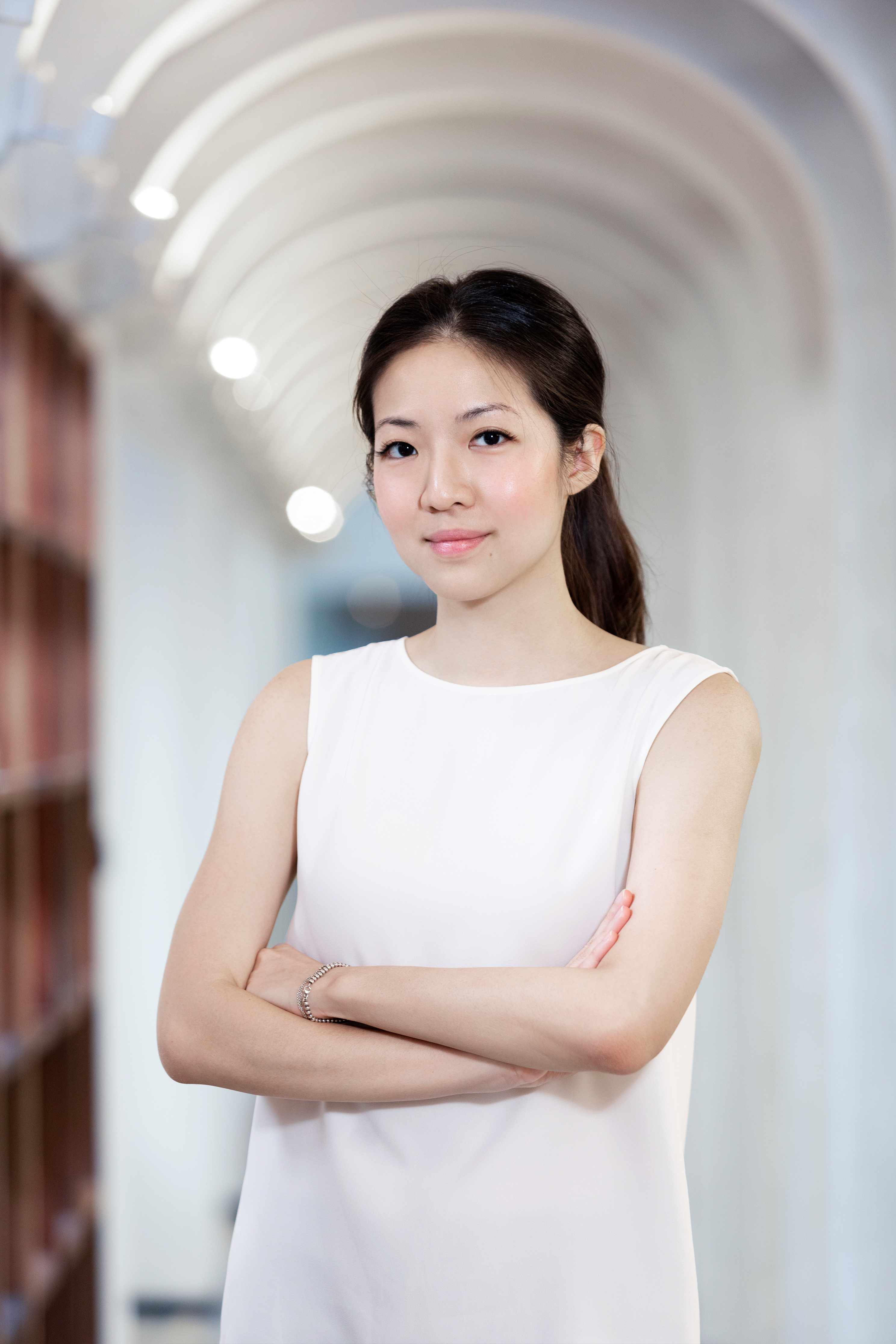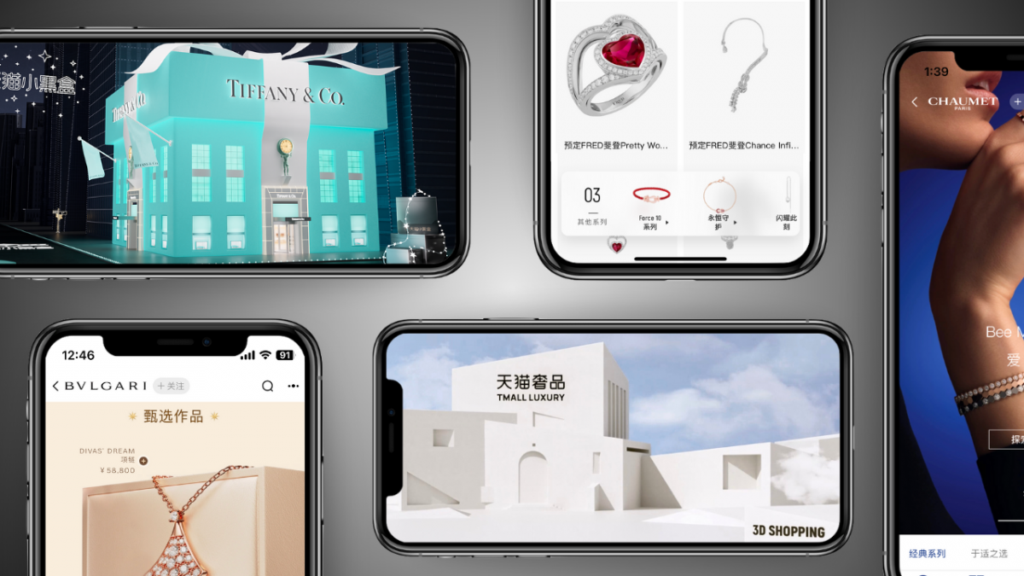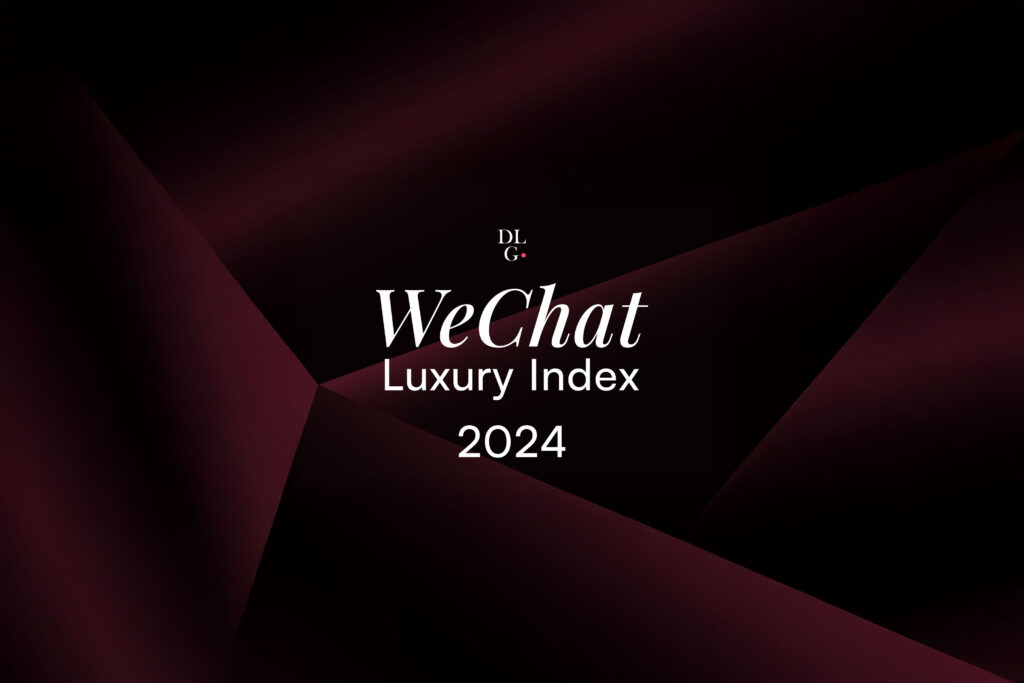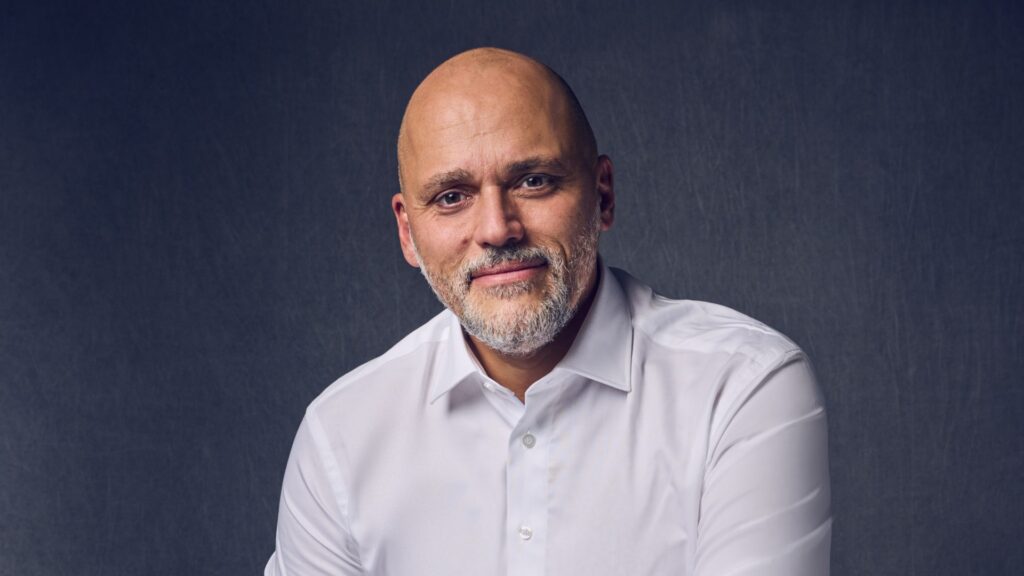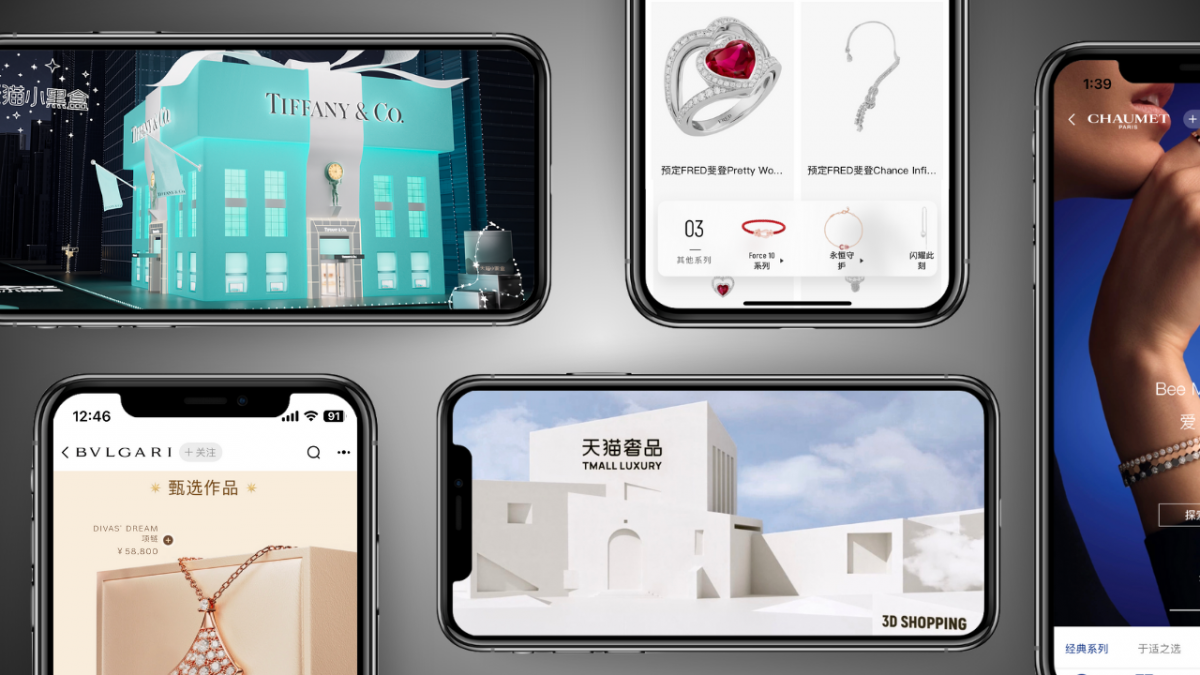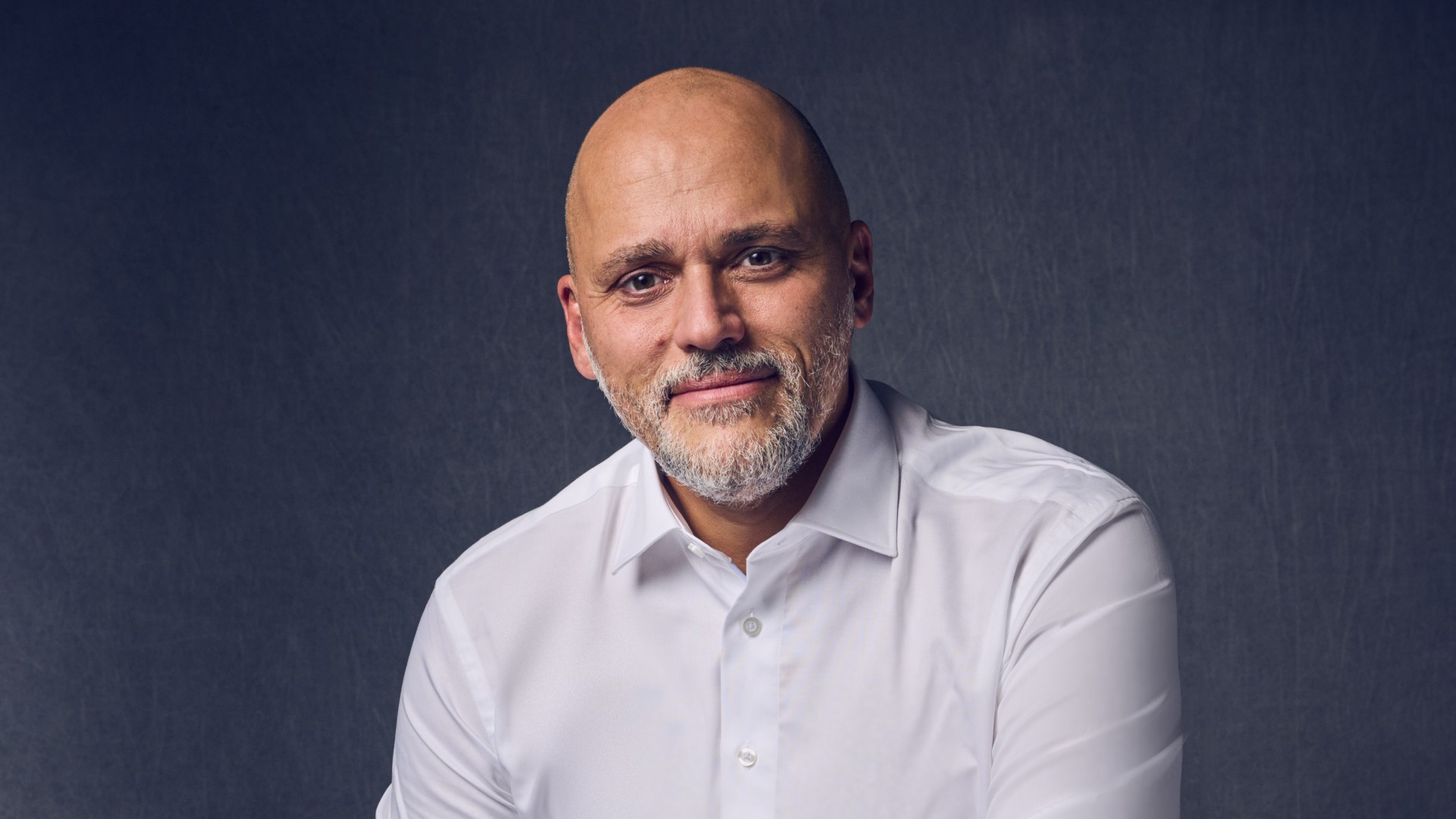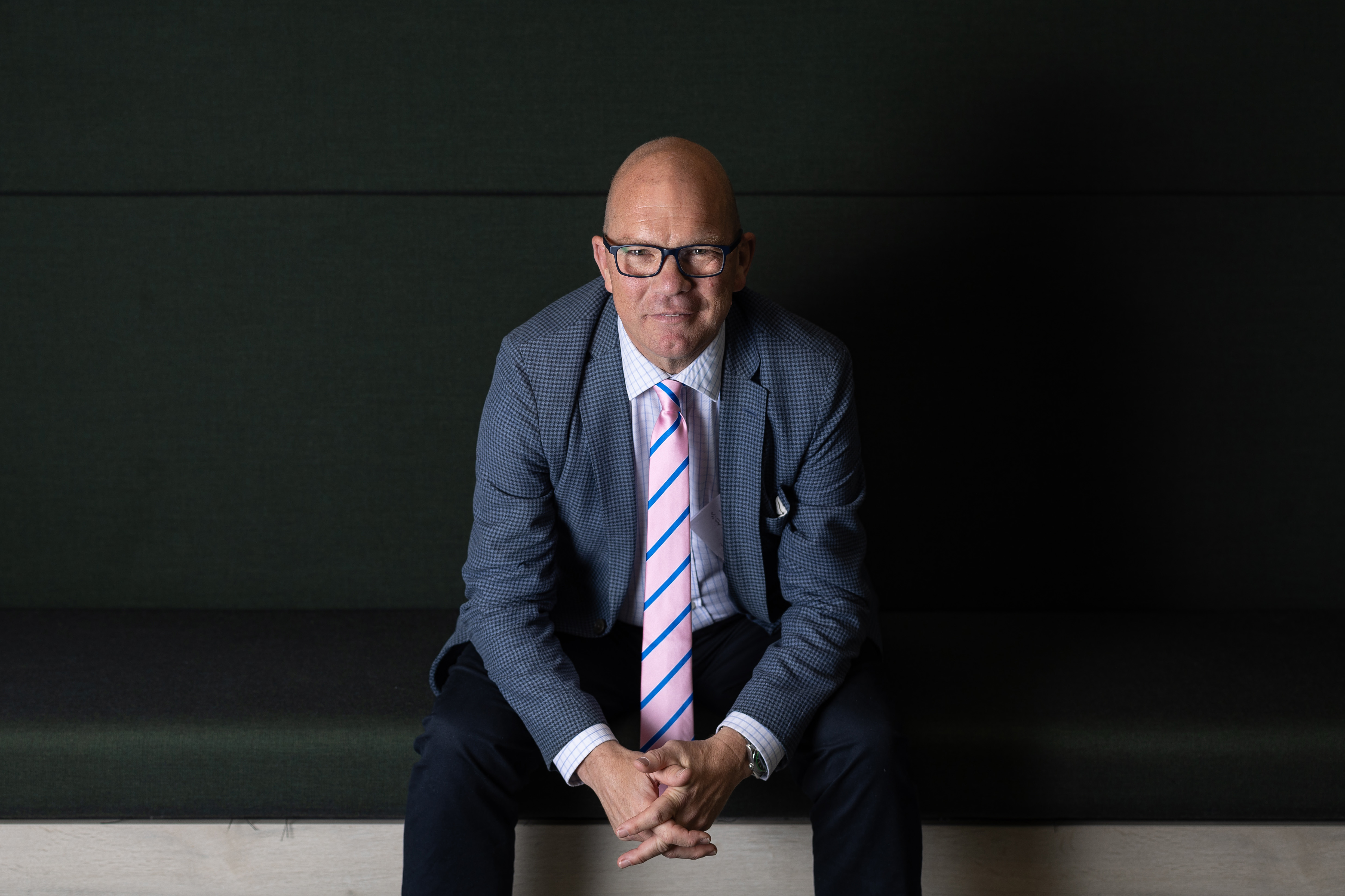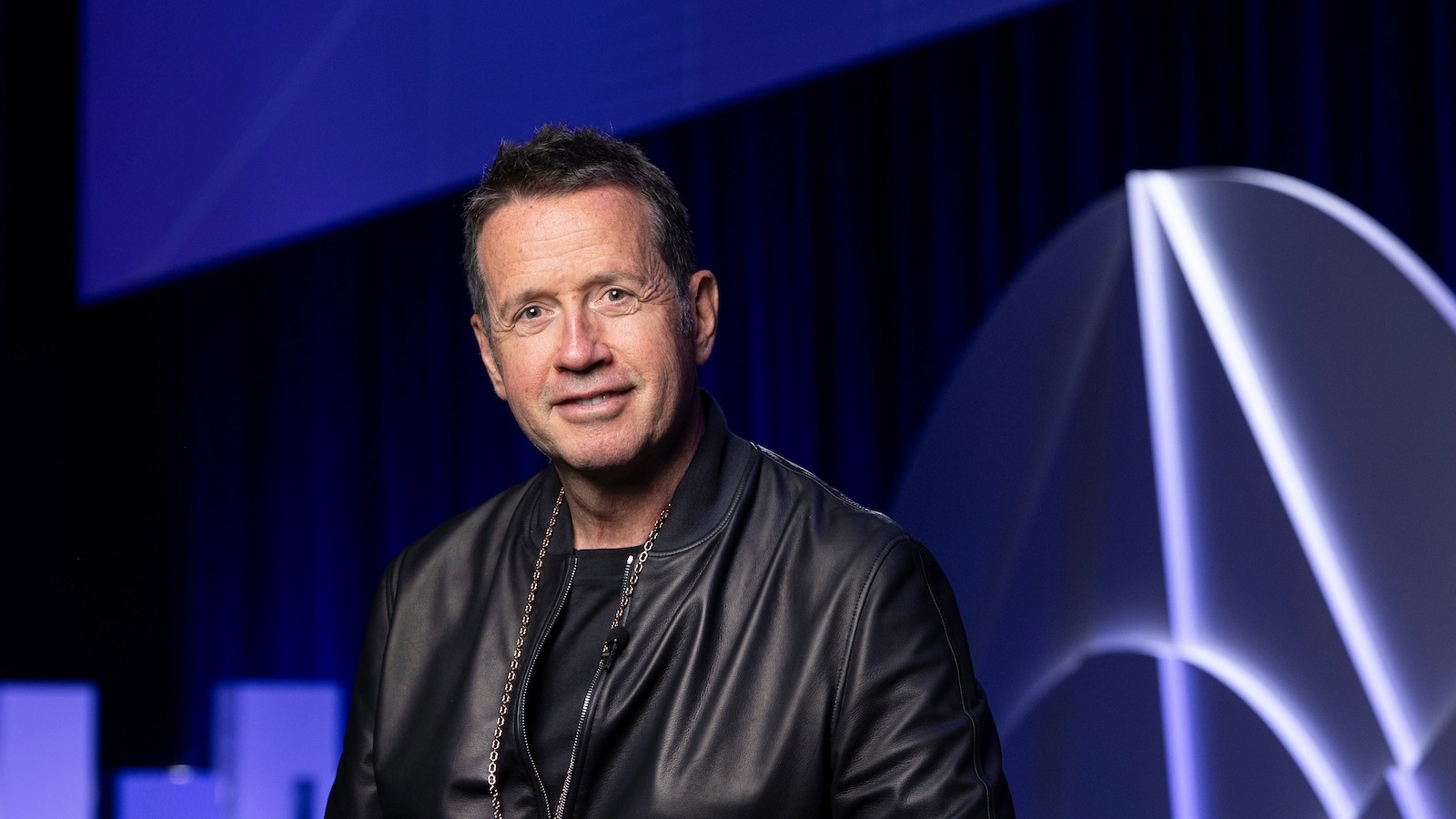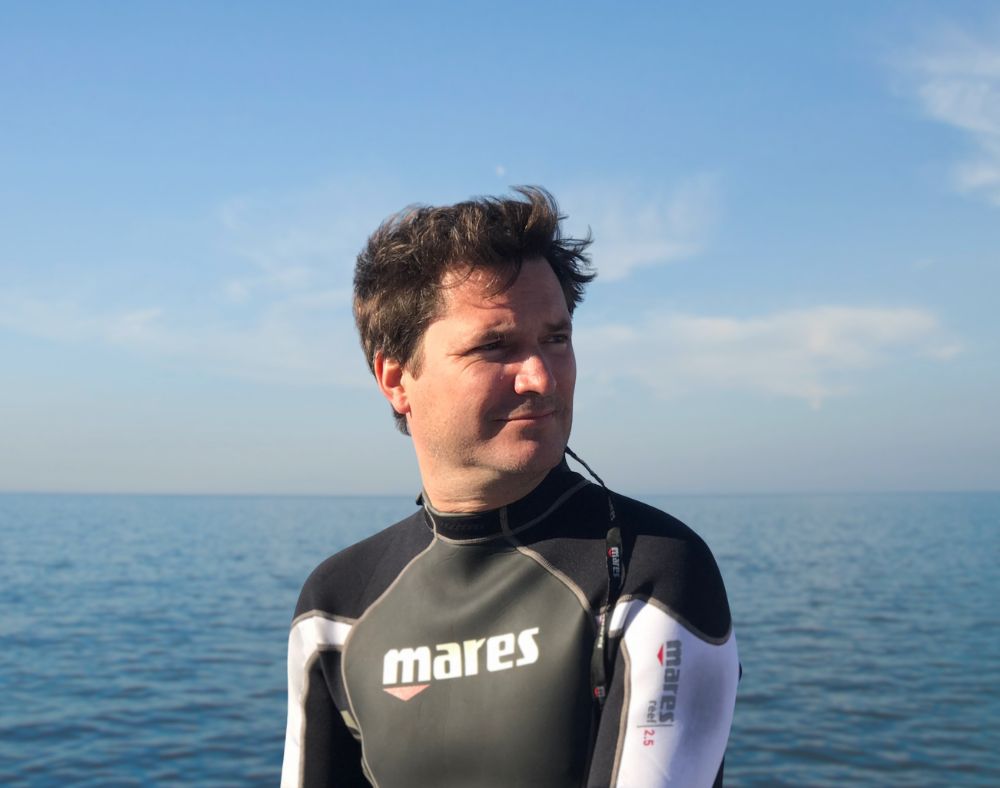“We can’t stand still – even when we’re doing well”: Ilaria Resta on why the Swiss watchmaker is still reinventing itself on its 150th anniversary
Ask Ilaria Resta about balancing heritage with innovation, and you’ll likely get a different answer than you expect. Because at Audemars Piguet, the question itself is wrong.
In a recent episode of The Luxury Society Podcast, Resta made her position clear: heritage and innovation aren’t opposing tensions to manage. They’re two expressions of the same commitment: making decisions that compound over decades, not quarters. Leading the family-owned watchmaker through its 150th year has only reinforced this view.
Staying Ahead of the Curve
According to industry analysts at Morgan Stanley, Audemars Piguet achieved revenues of approximately CHF 2.38 billion (USD $2.62 billion) in 2024, maintaining its position as the fourth-largest Swiss watchmaker by sales whilst producing only an estimated 50,000 timepieces annually. Yet, Resta warns against complacency.
“We can’t stand still. While we have not been impacted by the crisis and we are actually doing well, I think we should be excited about the future ahead and keep building new things,” she says.
This mindset of continuous evolution manifests most visibly in two main areas for the Swiss watchmaker: manufacturing innovation and retail transformation. The recent inauguration of its new manufacturing facility in Le Brassus, The Arc, represents more than expanded production capacity – it embodies a reimagining of how watchmaking spaces can foster creativity alongside technical precision.
“We have been creating a space that should become the excellence of manufacturing, but more importantly, the excellence of creativity when people are together,” Resta explains. “We are rethinking the flows of production, rethinking ideas. This is the beginning of a new way of conceiving manufacturing.”
Beyond manufacturing, the brand has also been placing increased focus on how it engages with clients globally. “On the retail side, we have invented the AP House concept, which is a new way of creating a relationship with clients,” Resta says.
Launched in Milan in 2017, the AP House concept has expanded to over 20 global locations – including New York, Los Angeles, London, and Singapore – and continues to grow. Designed to feel like an intimate residence rather than a typical boutique, this reimagined gathering space moves beyond pure transactions to focus on building interpersonal relationships with clients.
“The idea is really to never stop, keep evolving, and finding the balance between being true to our soul, but at the same time, keep changing,” she adds.
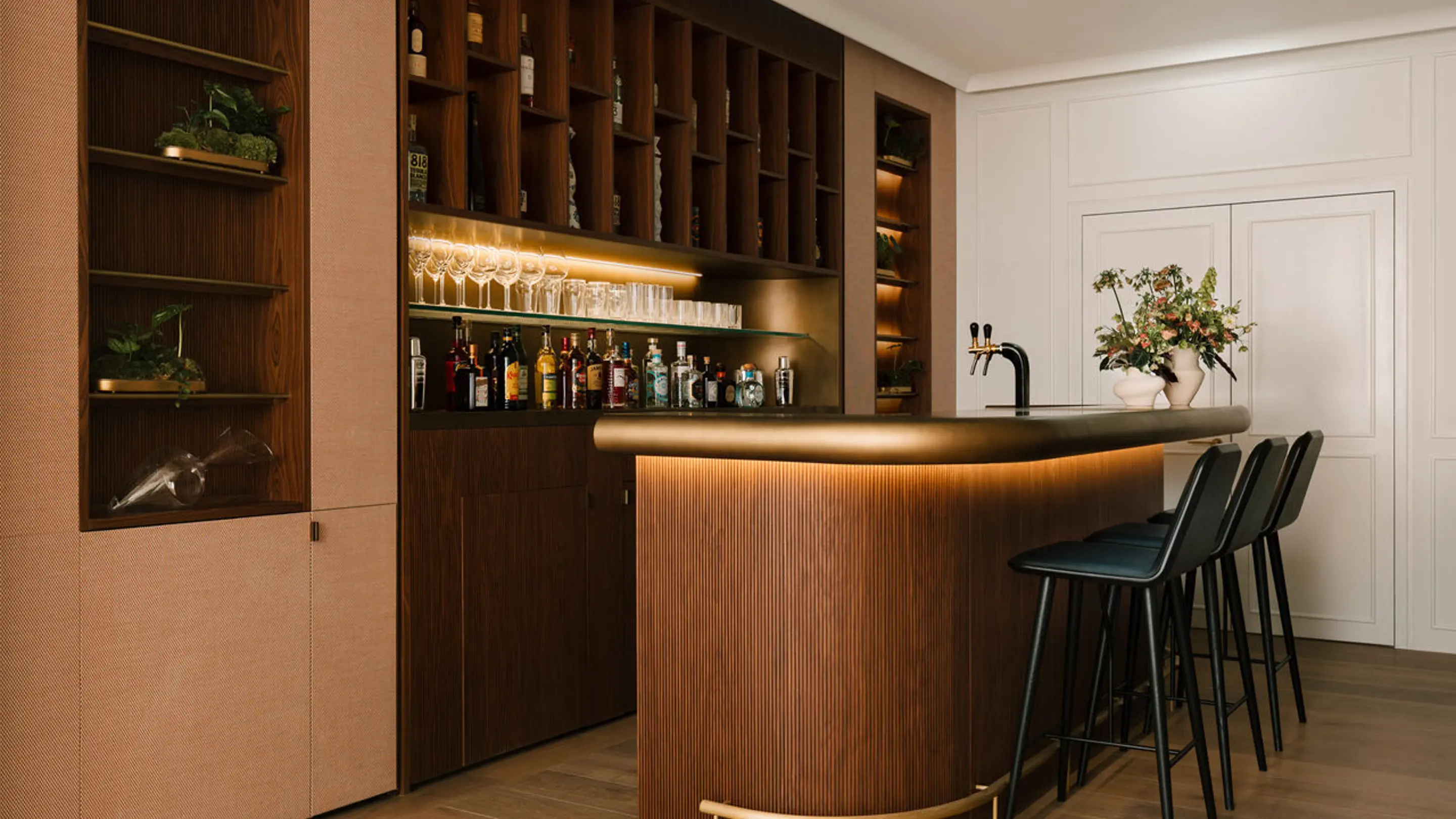
Credit: Audemars Piguet
This evolution at Audemars Piguet mirrors a broader transformation across luxury retail. As brands compete for attention in the experience economy, physical spaces are being reimagined not just as points of sale, but as platforms for observation and relationship-building.
“Your retail space is either a transaction point or an intelligence platform,” notes Dominic Weir, Strategy Director at DLG. “Leading luxury brands understand that when clients linger, they reveal far more than when they simply transact.”
According to Weir, the retail environments that luxury brands create today will determine their relevance tomorrow. “The traditional boutique was designed for efficiency – get clients in, guide them to product, close the sale,” he explains. “But that model assumes you already know what the client wants. The new paradigm assumes you don’t – and that discovery is actually the most valuable part of the interaction.”
This requires a fundamental shift in how brands think about their physical footprint. “We’re seeing the smartest luxury houses move away from transactional KPIs towards relational ones,” Weir observes. “Instead of asking ‘how many people converted today?’, they’re asking ‘how many meaningful conversations did we have? How many clients felt understood? How many left wanting to return?'”
The challenge, Weir notes, is that this approach demands both infrastructure and patience. “You need staff trained to listen rather than sell, spaces designed for conversation rather than display, and leadership willing to invest in relationships that may not yield immediate returns,” he says. “But for heritage brands competing in saturated markets, this isn’t optional anymore. The transaction is the byproduct – the relationship is the product.”
Understanding Today’s Luxury Consumer
It’s precisely this observational, relationship-first philosophy that underpins Audemars Piguet’s approach to understanding its clientele. “I don’t believe in consumer research that is asking questions to clients. I believe in observing clients, being part of their life,” says Resta – a perspective that stands in stark contrast to the quantitative rigour that would be typically associated with an executive who spent over two decades in the FMCG industry. Before her appointment at the storied watchmaker, Resta held various leadership roles at Procter & Gamble, before heading up global perfumery and beauty at manufacturing giant Firmenich.
This approach has also shaped how Audemars Piguet segments its clientele. Rather than relying on demographic or psychographic profiles, the brand segments its consumers based on why people wear watches – a motivation that can shift throughout the day or year depending on context and occasion, Resta explains. A collector might choose different timepieces for a board meeting versus a weekend gathering, driven by varying emotional and practical considerations.
“We also noticed by doing a marketing campaign that was all centered around our origins, the level of interest rose incredibly – especially among the younger generations who feel the need of being explained and taken through the different steps of our journey,” says Resta, noting that this has duly prompted the brand to expand its manufacture visits, encouraging even more direct connections between collectors and watchmakers.
“There is so much effort we are making now in opening really the curtains of the creation and manufacturing process,” Resta notes. “That’s something that we have done before, but now it’s becoming an indispensable part of the relationship with our clients.”
Fostering authentic connections has become such a key tenet of engaging with the modern luxury consumer that the Swiss watchmaker ensures this permeates every area of its communications, including its celebrity partnerships.
This is apparent in Audemars Piguet’s longstanding collaboration with tennis player Serena Williams, which extends beyond the sport that made her a household name and instead focuses on her individual journey and successes. “She is no longer playing, but still remains a Friend of the Brand because we follow her throughout her life. She’s an excellent example of somebody who transformed herself now into an entrepreneur, a mother with many interests outside of tennis,” Resta says.
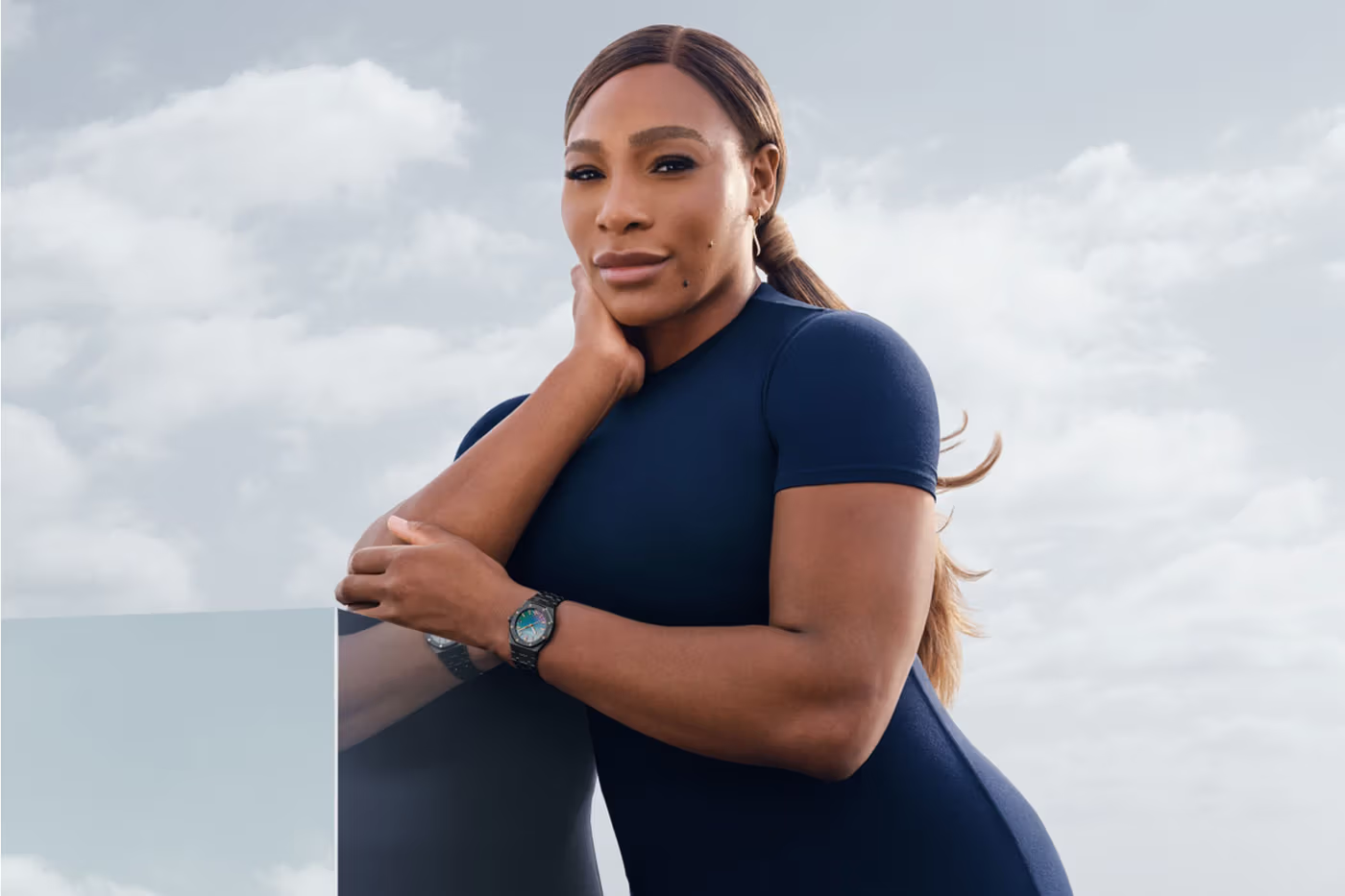
Credit: Audemars Piguet
A more recent addition to the Audemars Piguet family is four-time Grand Slam champion and current world number one Aryna Sabalenka, who became a brand ambassador in late 2024. “What we like about her – and I personally admire her for – is not only that she’s number one, but that it’s honestly a consequence of the talent she kept developing and working on: her own personality, her own strengths and opportunities,” Resta explains. “It’s the human journey we follow that I find much more interesting than the sport itself.”
Finding New Growth Through Innovation
Despite challenges facing the broader Swiss watch sector – where exports fell 2.8% to CHF 26.0 billion (USD $28.5 billion) in 2024 according to the Federation of the Swiss Watch Industry – Resta maintains an optimistic outlook grounded in market fundamentals.
“I think we have never been stronger in terms of fundamentals of this industry, in the sense that if you look at the number of people interested in watchmaking, it has never been so high,” she observes. More significantly, the demographic profile is evolving favourably. “The average age of people interested is going down,” Resta notes. A 2024 study by YouGov and Chrono24 revealed that younger consumers demonstrate significantly higher interest in luxury watches, with 36% of those aged 18-24 owning or considering a purchase – compared to just 26% among those aged 45-54.
Gender dynamics are shifting dramatically as well. Women, who previously represented less than 40% of clients, now account for roughly half of those interested in the brand. “So you see so many pockets of growth everywhere,” Resta says.
With these emerging opportunities, Audemars Piguet has prioritised elevating innovation and watchmaking quality. While some luxury watch brands retreated to safe territory during recent market volatility, the manufacture has doubled down on technical advancement – a strategy that aligns with observations from Bernstein luxury analyst Luca Solca. In an earlier episode of The Luxury Society Podcast, Solca noted that brands maintaining innovation during challenging periods typically emerge stronger than those adopting defensive positioning.
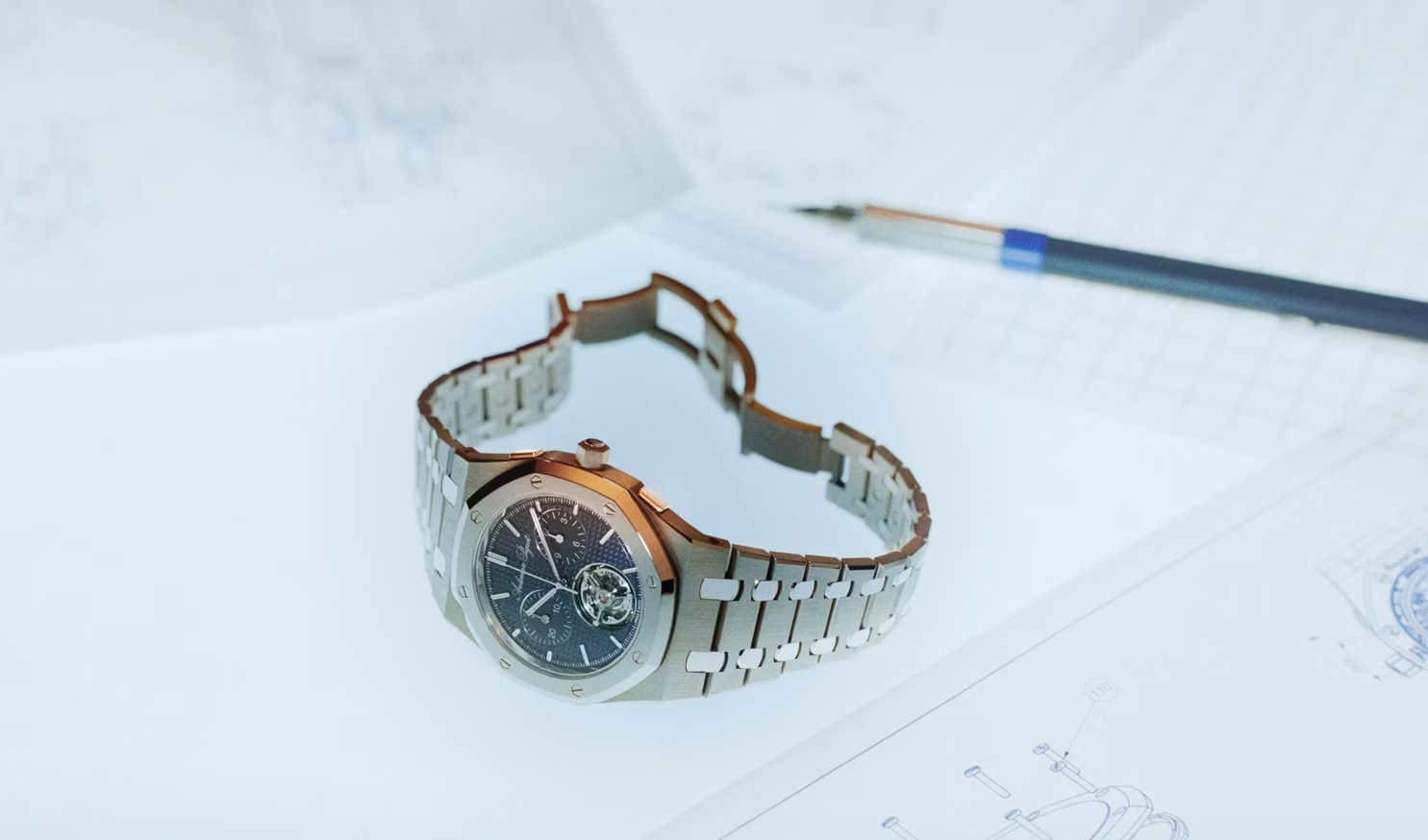
Credit: Audemars Piguet
“The role that complications play in our portfolio should increase even further. We are working on new calibres. We kicked off the work on new movements, new complications, and we are investing a lot in new materials,” Resta explains. “This goes well ahead of the target of increasing quantity.”
The brand’s innovation strategy received a significant boost through its acquisition of Inhotec, a specialist manufacturer of high-precision watch components. Resta is clear about the rationale behind the move: elevating capabilities without limiting Inhotec’s independence. “We definitely have a common agenda of innovation and elevating quality, but we want to keep them separate from us, because we want them to continue supplying other clients,” she explains. “This is the best way for everybody to raise the bar.”
This philosophy reflects a sophisticated understanding of industry dynamics – that collective advancement benefits all players. “The intent is not to verticalise capabilities uniquely for us, but rather to make sure that by raising the bar for the entire industry, by continuing to be interconnected with the other players, we can do even more in this wonderful industry,” Resta adds.
It’s this collaborative mindset, combined with unwavering commitment to innovation, that underpins Resta’s optimism about the sector’s future. “What we need to be confident about is that there isn’t a shake-up in the desire of people to buy and collect a mechanical watch. This has never been stronger, in all honesty,” she emphasises.
For Resta, the path forward is clear. “This is the moment to not stop, but carry on and be proud to be in this industry.”
__________________________
Listen to the full interview with Ilaria Resta on Episode 5 of The Luxury Society Podcast on Apple, Spotify, and other major podcast platforms.
To discover more innovation strategies by independent luxury watchmakers, read our interview with Peter Harrison, CEO EMEA of Richard Mille, or listen to the podcast episode on Apple, Spotify, and other major podcast platforms.
For insights on navigating challenging market conditions, read our interview with Luca Solca, Managing Director of Luxury Goods at Bernstein or listen to the podcast episode available on Apple, Spotify, and other major podcast platforms.
Subscribe to The Luxury Society Podcast to receive notifications about new episodes featuring luxury industry leaders. Never miss an episode as we continue exploring the themes shaping the future of luxury.

